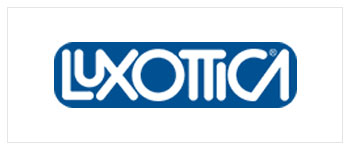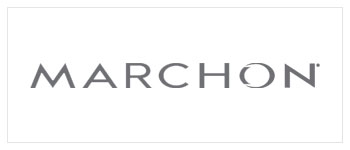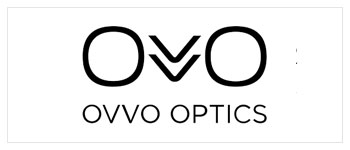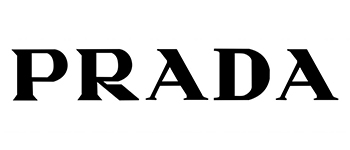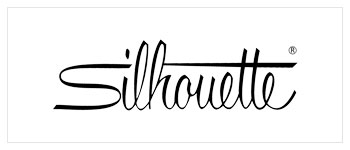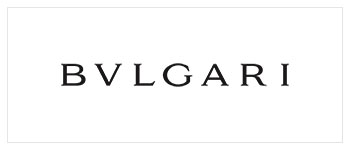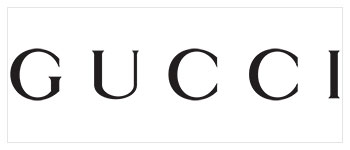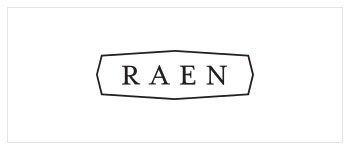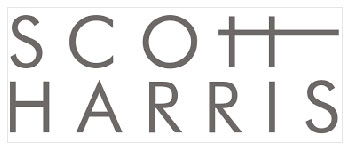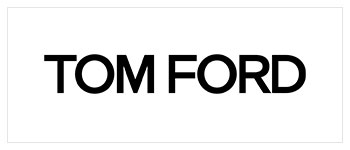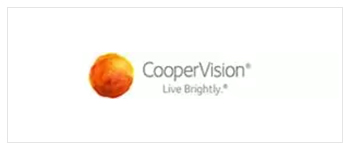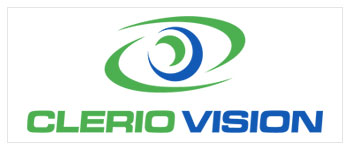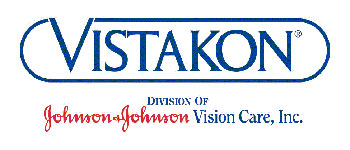Lenses
Current Lens Selections:

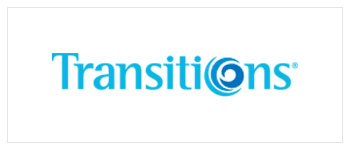
Lens Type:
Selecting the right eyeglass lenses is crucial for achieving optimal vision correction and comfort. In this comprehensive guide, we’ll explore various eyeglass lens types, including single vision lenses, bifocals, progressive lenses, trifocals, and high-index lenses. Understanding these options will empower you to make informed choices tailored to your unique vision needs.
Single Vision Lenses: Precision for Singular Focus
Bifocal Lenses: Seamless Transition between Near and Far Vision
Progressive Lenses: Smooth Multifocality with No Lines
Trifocal Lenses: Precision at Three Distances
High-Index Lenses: Thinner and Lighter for Enhanced Comfort
Lens Add-On Guide
Choosing the right eyeglass lenses goes beyond addressing your prescription; it’s also about enhancing your visual experience and protecting your eyes. In this guide, we’ll explore various eyeglass lens add-ons that cater to both style and functionality.
Transition lenses, also known as photochromic lenses, are a popular choice for those who frequently move between indoor and outdoor environments. These lenses automatically adjust their tint based on the amount of UV light exposure, providing comfort in various lighting conditions. They darken in sunlight and lighten indoors, ensuring seamless visual adaptation.
Advantages:
- Convenient for those who don't want to switch between regular and sunglasses.
- UV protection outdoors.
- Reduces eye strain caused by sudden light changes.
Considerations:
- Transition speed may vary.
- Limited tint range.
With the increasing use of digital devices, blue light filter lenses have become essential. These lenses help reduce exposure to harmful blue light emitted by screens, preventing digital eye strain, headaches, and sleep disturbances.
Advantages:
- Relieves eye strain during prolonged screen use.
- Potential improvement in sleep quality.
- Available in clear and slight tint options.
Considerations:
- Not ideal for driving.
- Some people prefer dedicated computer glasses for extended screen time.
Tinted lenses are a versatile choice for both prescription and non-prescription eyewear. They come in various colors and degrees of darkness, providing a stylish look while protecting your eyes from harmful UV rays.
Advantages:
- Fashionable and customizable.
- Enhanced contrast and reduced glare.
- UV protection.
Considerations:
- Dark tints may not be suitable for low-light conditions.
- Choose the tint color based on your preferences and activities.
Polarized lenses are designed to reduce glare from reflective surfaces such as water, snow, and roads. They enhance visual clarity and are ideal for activities like driving, fishing, and skiing.
Advantages:
- Improved visibility in bright conditions.
- Reduced eye strain.
- Enhanced contrast and color perception.
Considerations:
- May affect visibility of LCD screens.
- Higher cost compared to regular lenses.
For Eyewear Inquiries, Please Contact Us For Details.
Patient’s Choice Winner

Payment Methods

Office Hours
Monday: 10am-6pm
Tuesday: 10am-6pm
Wednesday: 10am-6pm
Thursday: 10am-6pm
Friday: 10am-6pm
Saturday: 9am-4pm
Sunday: Closed




